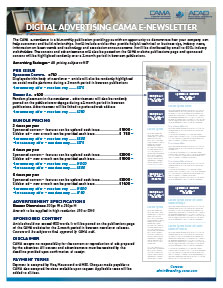Tech Corner - Bean-To-Cup: Increased Volume Means Increased Labor
The world of office coffee, especially in desirable larger accounts, is moving away from traditional brewing methods and is demanding more. The unstable labor market means employee retention and at work satisfaction is more important than ever. An easy way to do this is through specialty coffee. A barista isn’t cost-effective, so a bean-to-cup coffee machine is the next best thing. For an operator, transitioning to bean-to-cup machines usually means scoring big accounts and increasing existing account sales, but the big dollars don’t come scot-free. Bean-to-cup equipment requires a much higher capital investment and ongoing time commitments versus other types of brewing methods.
Cleaning
Regular cleaning is one of the most labor-intensive parts of bean-to-cup machine service. Some customers don’t mind dedicating a staff member to bean-to-cup filling and basic cleaning. This is the best-case scenario, but many customers want a hands-off approach on the cleaning side of things. Providing your coffee route representative with the basic tools and skills to give the machine a clean upon delivery keeps the machine functioning at its best. In the customers eyes, a clean machine is a well-maintained machine.
- Wipe down exterior of machine
- Rinse drip tray - wipe down dispensing area
- Run rinse cycle, clean mixing bowls if required
- Change waste bin / bag
- Dust interior of the machine
- Vacuum any loose beans/powders/grounds
Pro Tip: Handy tools for bean to cup cleaning include a paint brush for dusting, a cordless vacuum, microfiber cloths, and various sizes of pipe cleaners for cleaning the coffee chute and other tight spaces.
Preventative Maintenance
If your company has dedicated service technicians, have them do a scheduled deep cleaning machine service on the bean-to-cups machines. Busy machines should be done monthly, while lesser volume equipment can be done on an extended time schedule. Run test vends to listen to the valves, motors, brewer, etc… and make sure everything is functioning properly with no leaks. Remove canisters, mixing bowls and brewer for cleaning to get the machine looking like new again. The customer likes to see a sparkling machine! Most importantly, perform taste tests to ensure the finished product is up to par. Pay attention to adequate taste and cup levels.
Pro Tip: Instead of using a customer’s sink, make pre-cleaned kits that involve sets of mixing bowls, lines, waste bin, brewer and other items that need to be cleaned. This means less time on site, and no cleaning parts in customers’ sinks.
Spare Equipment
Bean-to-cup equipment is complex. With such high-tech equipment, things can go wrong such as a faulty control board, displays or electrical “ghosts” that keep on coming back. Keeping the customer happy with the least downtime possible means having spare equipment to swap in case of major issues. This provides the opportunity to diagnose, fix, and clean the machine in the comfort of your shop and to prepare the machine for its next location. Some customers “need” a different machine to be satisfied.
Pro Tip: Sticking with one brand or lineup of bean-to-cup equipment allows you to use the same cleaning kits for many machines.


%202023.png)


